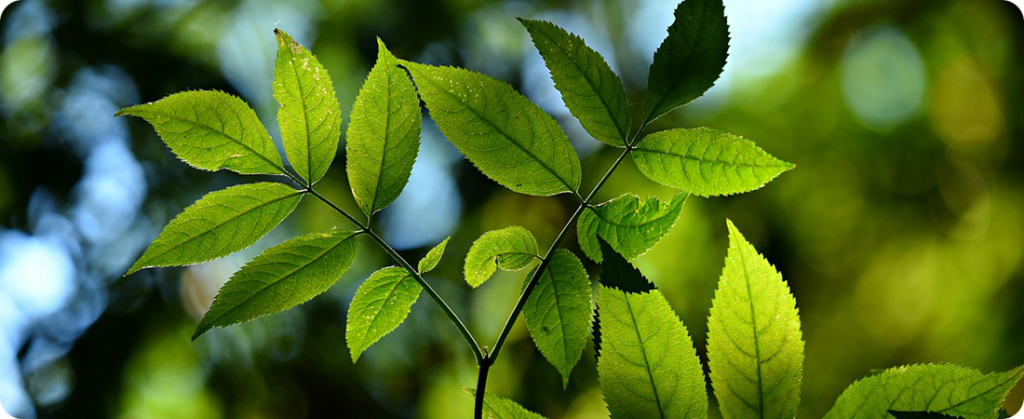
A project team from the University of Illinois in the USA is conducting research. Its focus is the genetic adaptation of plants to increase productivity. This involves improving the ability to photosynthesize. This information was reported by the BBC.
According to the teacher. Steve Long, principal investigator and project director Realizing Increased Photosynthetic Efficiency (Ripe), there have been few improvements in photosynthesis in current crop varieties such as soybeans and wheat for decades.
“We need to be able to increase productivity without increasing demand, especially in terms of water,” said Professor Long.
The efficiency of photosynthesis in cultivated plants was below theoretical potential. This is due to the complexity of the process, with more than 100 steps and millions of genetic permutations. The BBC reported this.
How technology and genetic engineering are transforming agriculture
Using powerful computers, Prof. Long and his team created a digital twin of the photosynthesis process, which could tweak the process in millions of ways, according to the report.
From these millions of options, the software was able to identify those that would provide the greatest improvements.
“We then project them onto crops, and if that results in an improvement in the greenhouse, we take it to our experimental farm and test it in a real-world environment,” said Prof.
The research has already produced promising results, according to the report.
Changes to the photosynthesis mechanism in soybean plants have resulted in yield improvements of more than 20% in controlled environments, with field trials now underway.
One focus of the work involved adjusting the way plants responded to changes in light levels. The team was working with three genes that encode xanthophyll cycle proteins, according to the report. This occurred when the leaves moved from light to shade, preventing the plant from absorbing more light than it could use.
This process can take several minutes, but changes to Ripe's genes allowed plants to more quickly adjust to changing light levels.
Research work was also being carried out by other teams around the world. For example, Wild Bioscience is a spinout from the University of Oxford. She was working to improve the proportion of each leaf capable of photosynthesizing. This involved increasing the expression of a gene found in wild plants, as indicated in the report. The process involved sophisticated computational biology.
“What we're doing is trying to reverse engineer natural enhancements to photosynthesis that exist in nature so that we can copy them in crops,” said co-founder Ross Hendron.
Reconfiguring genes: Activating hidden potential in plants for an agricultural revolution
Often, this gene was already present in the plant and could be activated in different areas.
“We can look at wheat and find that the gene is already in the wheat genome, it's just in the wrong place,” Hendron said. “When we want to improve this specific process in this part of the plant, what we need to do is flip a switch and activate this gene in that location.”
The company is working with wheat, soybeans and corn, and has achieved increases of more than 20% in seed biomass, with field trials currently being evaluated, according to the report.
If all goes according to plan, Hendron said the cultivated plants could be commercially available by around 2030 or 2031.
However, some scientists were cautious about what could be achieved in terms of crops in the field, according to the report.
According to Matthew Paul, principal research scientist at agricultural research institution Rothamsted Research, increasing the photosynthetic capacity of leaves could simply result in smaller leaves, and higher rates of photosynthesis could mean more water loss, meaning plants would need more irrigation.
“For widespread impact to occur, varieties grown in different regions need to replicate any gene-editing or transgenic approach.” The subtleties of controlling expression and interacting with the genetic background of each variety will make this complicated,” he said.
Hendron, however, stated that he could use different techniques in combination to increase productivity.
Source: Oils & Fats International












